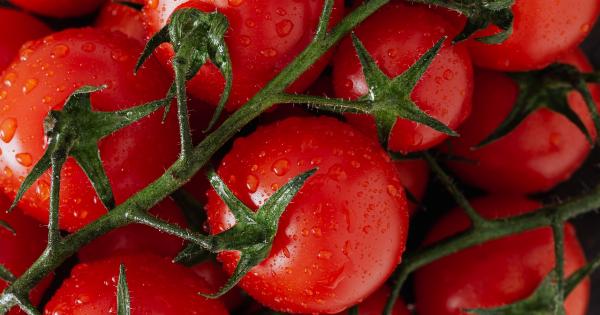Creating a healthy meal plan is a crucial component of weight loss and achieving optimal health. A well-planned diet can help you lose weight, while also ensuring you get all of the important nutrients your body needs to thrive.
Here are the 5 essential components that will help ensure your meal planning success:.
Component 1: Balanced Macronutrient Ratios
Macronutrients are the foundation of any meal plan. They include carbohydrates, proteins, and fats. For optimal health and weight loss, it’s important to plan your meals with balanced ratios of these three macronutrients.
Here’s what each one does:.
- Carbohydrates: Provide energy for your body and brain. Choose complex carbohydrates like whole grains, fruits, and vegetables for sustained energy.
- Proteins: Build and repair tissues in your body. Choose lean sources of protein like chicken, fish, and beans.
- Fats: Provide energy and help your body absorb nutrients. Choose healthy fats like avocados, nuts, and olive oil.
When planning your meals, aim for a balance of these three macronutrients at each meal. A good guideline to follow is to aim for 40% carbohydrates, 30% protein, and 30% fat.
Component 2: Plenty of Fruits and Vegetables
Fruits and vegetables are packed with fiber, vitamins, and minerals that are essential for good health. They also offer a lot of volume and nutrition for relatively few calories, which makes them great allies in weight loss.
When planning your meals, aim for at least 5 servings of fruits and vegetables per day. Include a variety of colors to ensure you get a wide range of nutrients. Some easy ways to do this include:.
- Adding sliced fruit to your breakfast cereal or oatmeal
- Having a large salad or soup with a variety of veggies for lunch or dinner
- Snacking on raw veggies with hummus or a healthy dip
Component 3: Lean Sources of Protein
Protein is an important building block of your body, and it can also help you feel full and satisfied after a meal. Look for lean sources of protein like:.
- Skinless chicken breast
- Grilled fish
- Beans and legumes
- Greek yogurt
- Eggs
When planning your meals, aim for about 20-30 grams of protein per meal. This will help ensure you stay full and satisfied, and also support your body’s muscle-building needs.
Component 4: Healthy Fats
Healthy fats are an important part of any meal plan. They help your body absorb nutrients, provide energy, and promote good brain health. Look for sources of healthy fats like:.
- Avocado
- Nuts and seeds
- Olives and olive oil
- Coconut oil
- Salmon and tuna
When planning your meals, aim for about 1-2 servings of healthy fats per meal. This will help ensure you get the benefits of these important nutrients without going overboard on calories.
Component 5: Real, Whole Foods
Finally, when planning your meals, it’s important to focus on real, whole foods. This means avoiding highly processed or packaged foods, which are often loaded with unhealthy fats, sugars, and other additives.
Instead, choose foods that are in their natural state, like:.
- Whole grains
- Fresh fruits and vegetables
- Lean sources of protein
- Healthy fats
These foods will provide your body with the nutrients and energy it needs to thrive, while also promoting weight loss and overall wellness.
Conclusion
Creating a healthy meal plan doesn’t have to be difficult or overwhelming. By including these 5 essential components in your meal planning strategy, you can lose weight, improve your health, and feel your best.



























